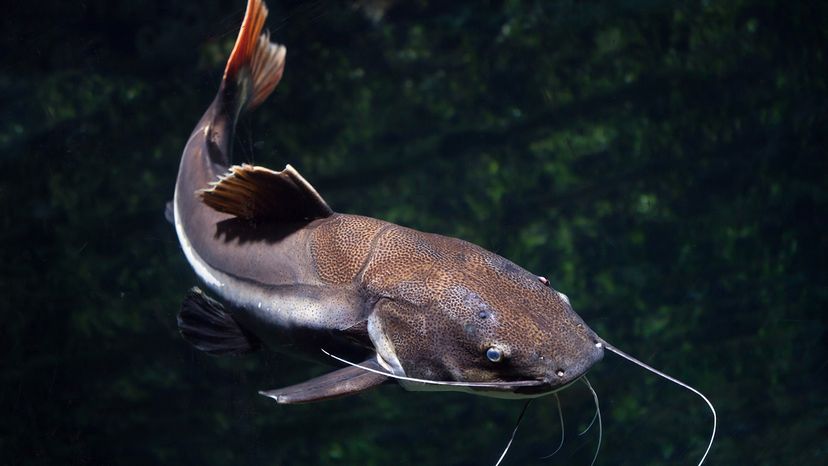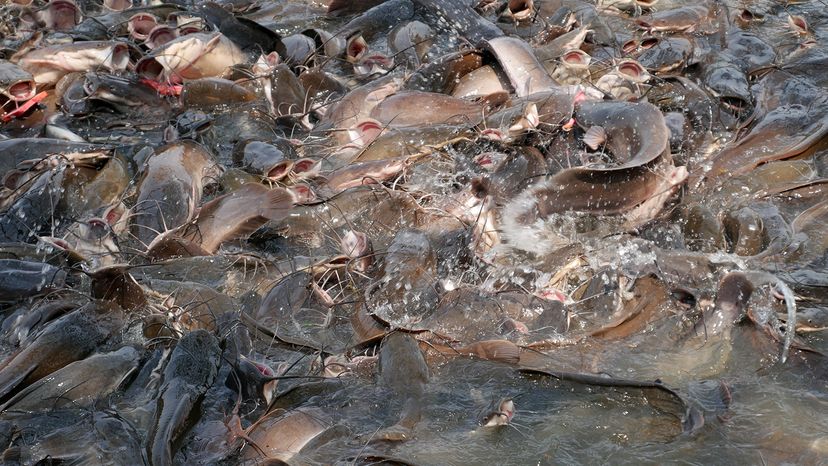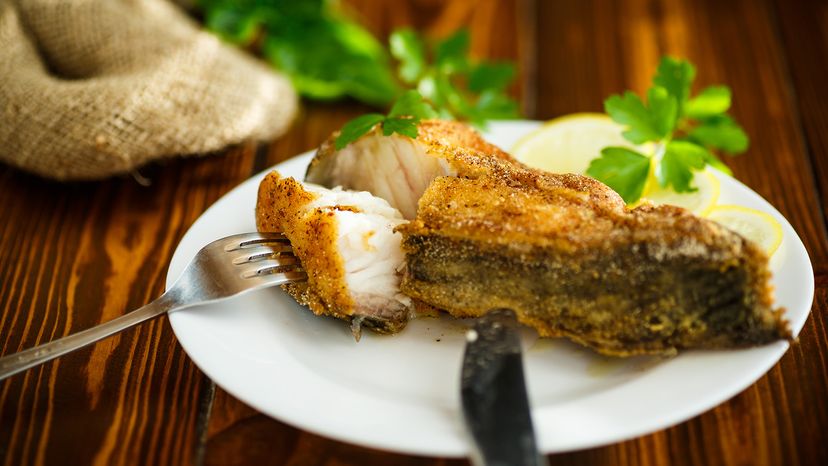
If you've ever ordered fried fish at a restaurant and wondered what exactly you're eating, you're not alone. The debate of swai vs. catfish often comes down to species, origin, flavor, and nutrition.
These two white fish may look similar, but their differences matter — especially when it comes to health, sustainability, and taste.
Advertisement

